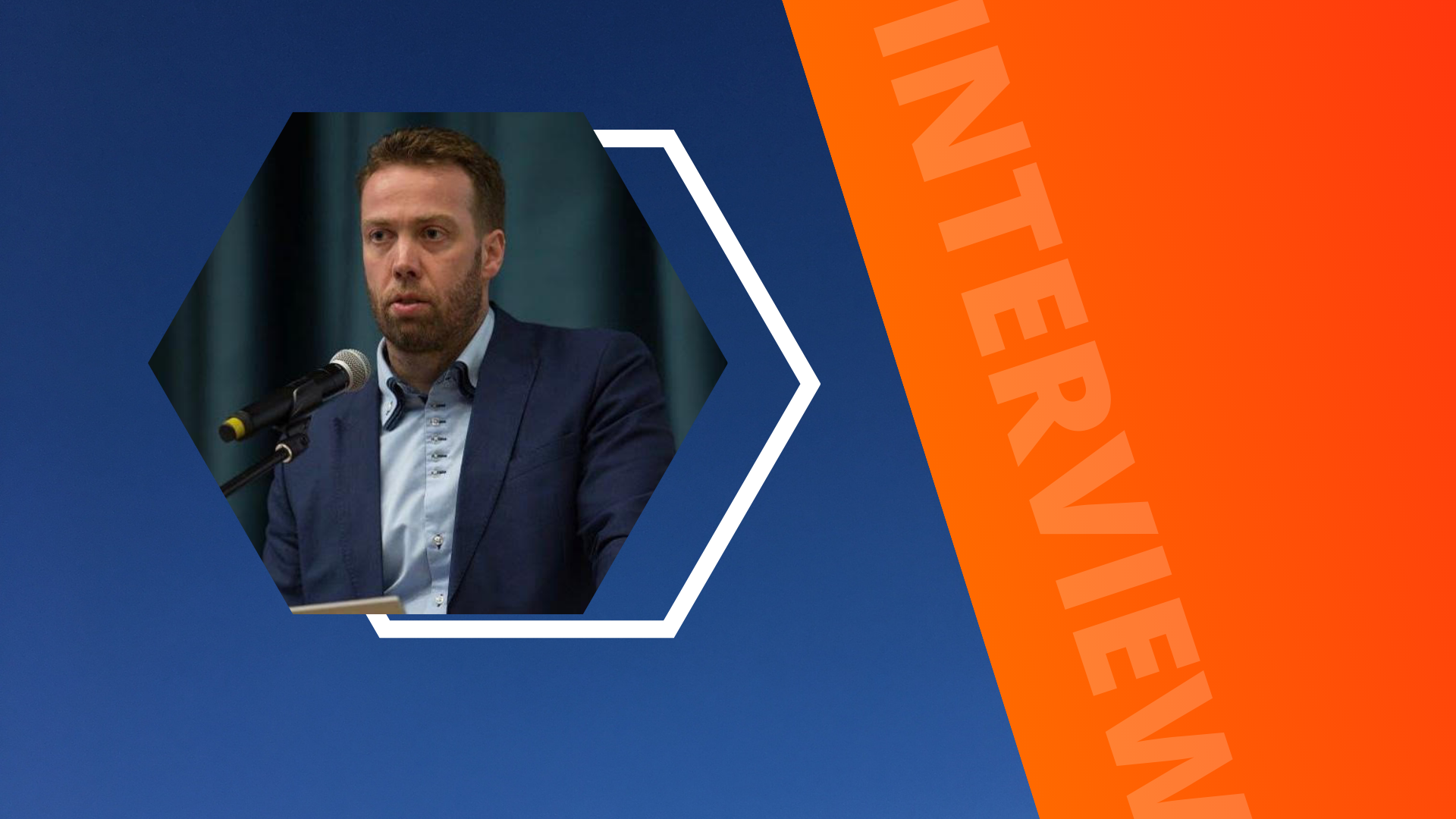
Since 2010 Russia has been building up a system of specialised technology parks focused on R&D in pharmaceutics, medical technology and medicine manufacturing. One of the largest clusters was created in St Petersburg. The way this format works was described in detail by Zakhar Golant, Chairman of the Board, Union of Pharmaceutical and Biomedical Clusters of Russia.
When did the idea of building up pharmaceutical clusters come about and how?
When it comes to global practice, it all started with the IT industry. The USA, Israel and other countries started establishing technology parks where residents would not have to spend resources on support processes unrelated to their core business. A technology cluster, above all, provides investors with all the required infrastructure to carry out their projects in a shorter timeframe.
The difference between pharmaceutics and IT is that pharmaceutical companies place greater demands on laboratory infrastructure. IT clusters worldwide were therefore followed by Life Sciences parks. Naturally, Russia was also willing to have its own share of this experience.
In 2010 a strategy for pharmaceutical industry development known as Pharma-2020 was approved in Russia, followed by a dedicated state programme. It was also at that time that the government issued a decree to create a pharmaceutical cluster in St Petersburg.
What benefits do investors get from setting up a production site on the cluster territory?
Investment in building a pharmaceutical production site in Russia totals RUB 2.5−5.5 bln on average. A company which decides to set up a production site within the confines of a cluster can save as much as 10−15% or even more. This is a direct economic effect that investors can get from being provided with a land plot and utility infrastructure.
I believe that it is more preferable to obtain a land plot on the cluster territory without buying it out. For instance, a company can be offered to sign a long-term lease contract. This saves resources that can be channelled into development, equipment etc.
Which foreign manufacturers have already made use of this tool?
There are not so many examples so far. As we can see, international pharmaceutical groups are not willing to be ultimate owners of production sites in Russia. Foreign investors see certain risks in ownership and can therefore delegate property rights over assets to their local partners.
A more viable model, in my opinion, is to engage in collaboration, when a foreign company does not invest in assets but rather looks for a local strategic partner in the long run. Technology transfer is an essential prerequisite for such partnership. As a result, foreign partners get a more stable share of the market as well as a possibility to use preferences applied by the government to pharmaceutical products manufactured locally. Their risks associated with asset ownership, meanwhile, are reduced.
This is the case of Bayer and Pfizer in the St Petersburg cluster and of Novartis, Takeda and other BigPharma companies in others.
Which other steps are needed for the state support of the pharmaceutical industry to grow ever more effective?
I would say we need to work non-stop, with the government constantly analysing the state of economy and strategically important sectors as well as tracking the fulfilment of primary objectives. For example, the government has set out to produce vital and essential medicines locally. This has led to a number of measures to meet this goal.
Another example is bringing Russian pharmaceuticals to foreign markets. This objective requires additional measures related to taxation, customs regulations etc, hence the range of support tools has to be expanded respectively.
This means that once a new goal has been determined, the work to create prerequisites for its fulfilment has to be carried out constantly.
